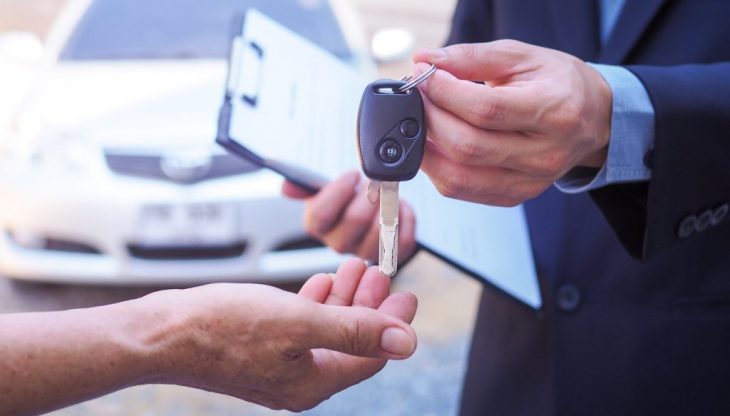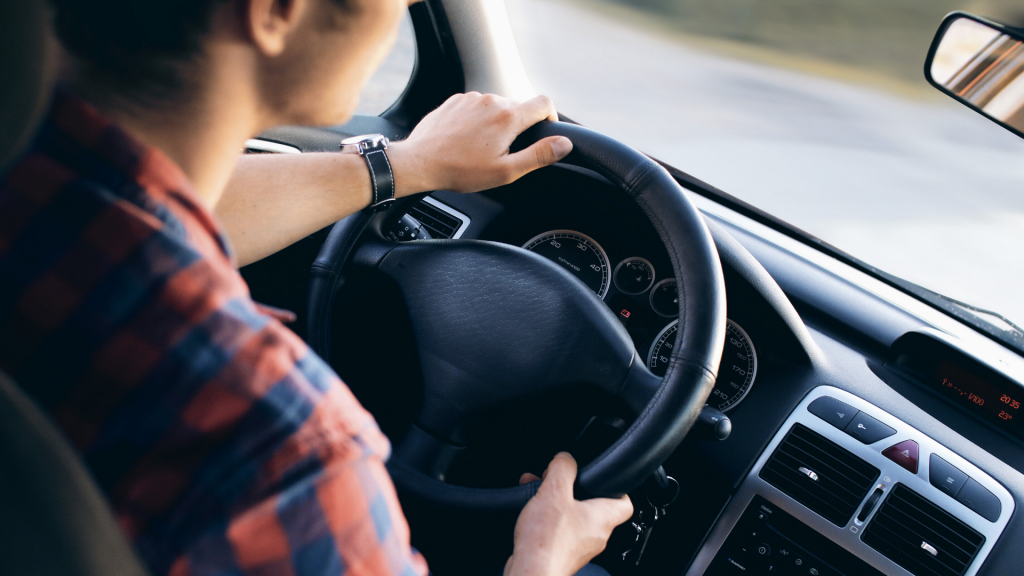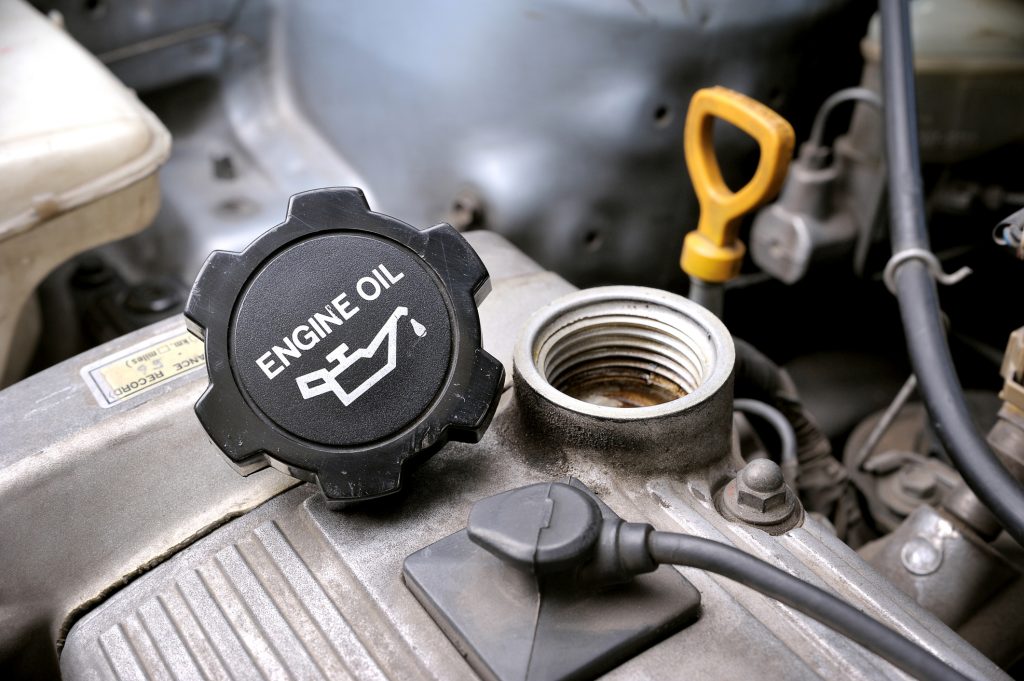
What To Look For When Buying A Used Car
Buying a used car can be a good option when you’re looking for a quality vehicle without the higher price tag. While a used car can be a sensible option, buyers still need to make smart choices. There’s a lot to look for when buying a used vehicle, but here are some ways to help you choose the right car for you.
INSPECT THE CAR’S EXTERIOR AND INTERIOR
Inspect both the outside and inside of the vehicle. Look over the exterior of the vehicle, says CARFAX, checking for scratches, dents and rust. You probably don’t need to be worried about small dings or scratches, but larger areas of damage may be cause for concern. CARFAX also recommends checking to see that body panels line up evenly, as uneven panels may indicate the vehicle was in an accident but not repaired well. It’s also a good idea to open and close the doors, hood and trunk to see how easily they move. Kelley Blue Book (KBB) suggests checking for paint overspray on the inside of the hood, trunk and doors and to be sure the color of the vehicle matches on all parts. If you notice overspray or mismatched paint, that part was likely repaired and repainted.
Inspect the interior by sitting in all the seats and looking for unusual wear and tear in the upholstery, says CARFAX. If the interior of the car smells musty, check the carpet and floor mats for signs of a a leak or water damage.

GO FOR A TEST DRIVE
Going for a test drive can help you determine the condition of the car and whether it’s a good fit for you, according to Edmunds. You may want to turn the key to the “accessory” position before starting the engine, says KBB. You should see all the dashboard warning lights go on. If they do not light up, or stay on when you turn the ignition, make sure the issue is inspected.
When you start the engine, KBB recommends listening for tapping and clicking sounds, which could indicate a problem. While on a test drive, keep your eyes and ears open. CARFAX suggests driving the car on different types of roads and at varying speeds to see if the transmission shifts smoothly. Make sure to note any unusual engine or brake noises, and whether all of the electronics in the car are working properly. Also, be sure the brakes work properly and do not pull the car to one side, says CARFAX.
IS LOW MILEAGE ON A USED CAR BETTER?
Low-mileage used cars can certainly be appealing, but it doesn’t necessarily make them a great deal. Low mileage can certainly mean less wear and tear and a longer life. However, if a car is driven infrequently, AutoTrader says that the plastic and rubber parts on the vehicle may dry out and get brittle. It’s also better for the drivetrain when the vehicle is used consistently. You may end up with a vehicle that needs a lot of repairs and reconditioning, says AutoTrader; which could cost you more in the long run.
It’s smart to check the mileage on a used vehicle, but keep in mind that how the vehicle has been maintained and used may be more important that what the odometer says.

CHECK FOR LEAKS
Any car leaking fluids is generally a red flag for a needed repair. Check under the car to see if there’s any fluid leaking, says CARFAX. Black fluid might be an indicator of leaking oil, while green, yellow or pink fluid may indicate a leak in antifreeze and reddish fluid could be a leak in the transmission or power-steering fluid, says Cars.com.
DETERMINE A FAIR PURCHASE PRICE
To help ensure you’re being charged a fair price, make sure to compare prices for the same make, model and year with several sources. Checking and dealer prices can simply be done online. There are a number of online tools you can use to compare prices, including KBB and National Automobile Dealers Association Guides. Even though condition and mileage will play a role in price, you can still get a ballpark figure of the vehicle’s market value.
DO YOUR RESEARCH
There’s a lot of information online that can help you check on a particular vehicle’s history as well as whether there are any recalls on it.
LOOK UP THE VIN
The Vehicle Identification Number, or VIN, can reveal a lot about a car. Checking a VIN decoder chart is a quick way to see if a used car’s VIN information matches up with what’s in the vehicle title and records, according to Edmunds. There are a number of VIN decoders available online, including one from the National Highway Traffic Safety Administration (NHTSA).The VIN can also be used to see if there are any recalls on the vehicle. You can look up a vehicle by VIN on the NHTSA’s Safety Issues and Recalls page to see if the vehicle needs repairs due to a safety recall. Keep in mind, however, that there may not be information on an older vehicle, any non safety-related recalls or recently announced recalls. Certain brands and international vehicles may also not be listed.
REVIEW THE VEHICLE HISTORY REPORT
A vehicle history report can help you see title problems, ownership history, service points and previous accidents, says KBB. You can get a vehicle history report online for a fee by entering the VIN or license plate number, says Edmunds. If you’re buying through a dealer, though, they may provide a history report for free.
CONSIDER A CERTIFIED PRE-OWNED VEHICLE
Purchasing a Certified Pre-Owned (CPO) car can be a wise choice because it usually offers the buyer an extra level of quality assurance. KBB states that each manufacturer has different standards for CPO vehicles, but they’re typically less than five years old and have less than 75,000 miles on them. Generally, the dealer has checked all major systems and reconditioned the vehicle. Many dealers also offer these vehicles with warranties.
You can find a great deal on a quality pre-owned used car at Wallace Auto Group located in beautiful South Florida in Stuart, Florida. Just minutes down I95 highway off exit 101. They have been proudly serving the Treasure Coast and surrounding areas for over 45 years with New & Used cars.




